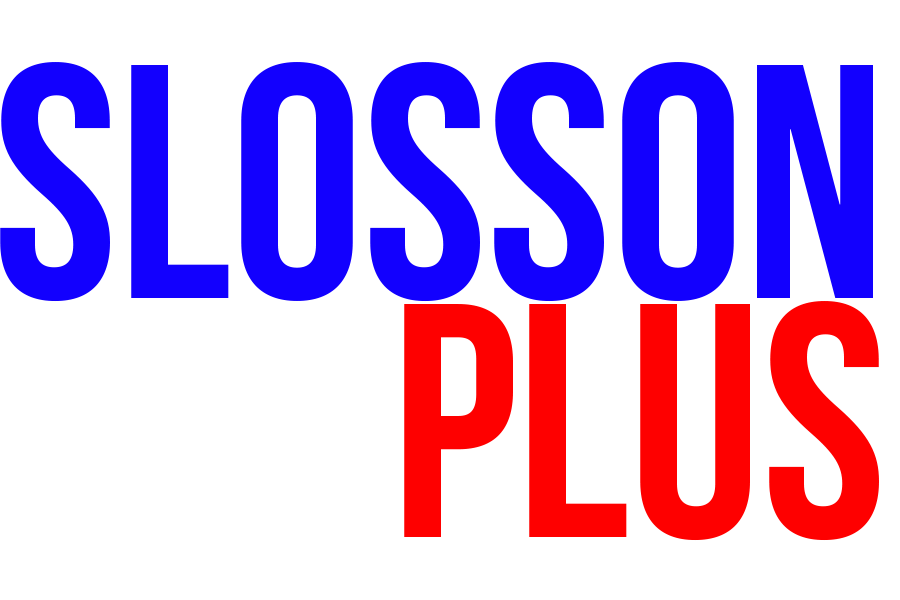Special Ed / Special Needs / Dyslexia
We provide a wide range of helpful products to assist educators, psychologists, counselors, and more.
Childhood Autism Rating Scale - Second Edition (CARS-2)
The Childhood Autism Rating Scale - Second Edition (CARS2) is a 15-item rating scale used to identify children with autism and distinguishing them from those with developmental disabilities. This second edition of CARS expands the test's clinical value, making it more responsive to individuals on the "high functioning" end of autism spectrum disorders. The clinician rates the individual on each item, using a 4-point rating scale. Ratings are based on frequency of the behavior in question, its intensity, peculiarity, and duration. Physicians, special educators, school psychologists, speech pathologists, and audiologists will all find the CARS-2 easy to give and score.
Gilliam Autism Rating Scale - 3rd Edition (GARS-3)
The GARS-3 assists teachers, parents, and clinicians in identifying autism inn individuals and estimating its severity. The instrument consists of 56 clearly stated items describing the characteristic behaviors of persons with autism. The items are grouped into six subscales: Restrictive/Repetitive Behaviors, Social Interaction, Social Communication, Emotional Responses, Cognitive Style, and Maladaptive Speech. The GARS-3 yields standard scores, percentile ranks, severity levels, and probability of Autism.
Children's Depression Inventory - Second Edition (CDI-2)
The CDI 2 is a comprehensive multi-rater assessment of depressive symptoms in youth aged 7 to 17 years. When results from the CDI are combined with other sources of verified information, the CDI 2 can aid in the early identification of depressive symptoms, the diagnosis of depression and related disorders, as well as, the monitoring of treatment effectiveness.
Emotional and Behavioral Screener (EBS)
The Emotional and Behavioral Screener (EBS) is an accurate and efficient instrument that uses teachers' rating to identify students in grades K-12 whho show signs of potential emotional or behavioral problems and who warrant careful observation, further assessment, or provision of more than the usual educational service. The EBS can be used by researchers, educational professionals, school district administrators or principals, to screen all students in a school, grade, or class, or an individual student. It can also be used to screen students within a three-tier positive behavior support model.
Social Responsiveness Scale - Second Edition (SRS-2)
The SRS-2 identifies social impairment associated with Autism Spectrum Disorders (ASD), is and quantifies the severity. It detects subtle symptoms, and differentiates clinical groups, both within the Autism Spectrum, and between ASD and other disorders.
Scale for Assessing Emotional Disturbance - Second Edition (SAED-2)
The Scales for Assessing Emotional Disturbance - Second Edition (SAED-2) will assist special educators, educational diagnosticians, school psychologists, and other professionals in identifying students with emotional disturbance (ED). It was normed on two large representative samples of students, one with ED and the other without. Gathered information can be used to select IEP goals, supplement Functional Behavior Assessments. document progress, and facilitate research. The SAED-2 has three components, each of which may be used alone or in various combinations of two or three.
Developmental Assessment for Students with Severe Disabilities - Third Edition (DASH-3)
The DASH-3 is a criterion-referenced measure of specific skill levels in persons of all ages who have severe and/or multiple physical/sensory disabilities, including persons with severe and profound intellectual disability, and autism spectrum disorders. The scales are also appropriate for individuals with mild to moderate disabilities; those who have single disabling conditions (e.g., individuals with visual impairment or or paraplegia), and children who are functioning chronologically from birth to 6 years of age.
Quick Neurological Screening Test - Third Edition Revised (QNST-3R)
The QNST-3R is an assessment of the development of motor coordination and sensory integration seen as neurological soft signs (NSSs), such as poor coordination, sensory perceptual changes, and difficulty sequencing complex motor tasks. The presence of NSSs can indicate neural trauma and is often a harbinger of learning difficulties (with or without trauma).
Gilliam Asperger Disorder Scale (GADS)
The GADS is a norm referenced test designed to evaluate children with unique behavioral problems who may have Asperger's Disorder. Easily completed by a parent and professional who knows the child, the GADS provides documentation about the essential behavior characteristics of Asperger's Disorder necessary for diagnosis. It can be used with confidence in the assessment process, documenting behavioral progress, targeting goals for IEPs and for research purposes.
Help for the Learning Disabled Child (S-1)
This easy-to-read text describes observable behaviors, offers remediation techniques, materials, and specific tests to assist teachers in further diagnosis. Games are incorporated for teachers/parents to use in assisting skill building. This revision has been updated to include specific information and techniques to use with children who appear to have attention deficit disorders.
Jordan Left-Right Reversal Test - Third Edition (JLRRT-3)
The Jordan Left-Right Reversal Test - 3rd Edition (2011) helps clinicians identify students who have difficulty with reversals, and what types of reversals are problematic: objects, letters, numbers, words, or letter sequences. Reversals are a major stumbling block for students learning to read. The Jordan-3 may be beneficial to add to a battery of tests when assessing AD/HD.
Jordan Dyslexia Assessment Reading Program - Second Edition (JDARP-2)
The JDARP-2 brings together current knowledge about how the brain learns and remembers. It begins by identifying layers of overlapping problems that interfere with learning to read, and also addresses the critical role emotions and feedings play in learning, or failing to learn. New information is included about how permanent memory develops, and why certain individuals f ail to remember. Instructors discover how each student learns, or fails to learn, by using 11 screening tests that identify specific reasons why individuals struggle with reading skills. With this information, students and teachers can clearly understand why previous encounters with literacy skills were ineffective.
Autism Screening Instrument for Educational Planning - Third Edition (ASIEP-3)
This individually administered instrument helps professionals evaluate children with autism and develop appropriate instructional plans. It can also be used for differential diagnosis, as it distinguishes youngsters with autism from those with other severe handicaps.
Decoding-Encoding Screener for Dyslexia (DESD)
The DESD is a screening test to assess a student's specific reading difficulties. The early screening and intervention provided by the DESD vastly improves the effectiveness of educational therapy, and helps minimize the secondary emotional problems dyslexia can create.
Remediation of Reversals - Revised Edition (RR)
The "Magic Rulers" Program provides students an error-free introduction to the reading and writing of letters and numerals. It is as valuable tool for students just learning to write, as well as older students in remedial instruction programs.
School Social Skills (SSS)
The S³ is designed to assist school personnel, specifically classroom teachers in identifying student deficits in school-related social behaviors.
Diamonds in the Rough - Second Edition (D-2)
Diamonds in the Rough is an invaluable multidisciplinary reference guide to learning disabilities for educators, health specialists parents, and librarians. The author has painted a clear picture of the atypical learner with a step-by-step view of the learning disabled child.






